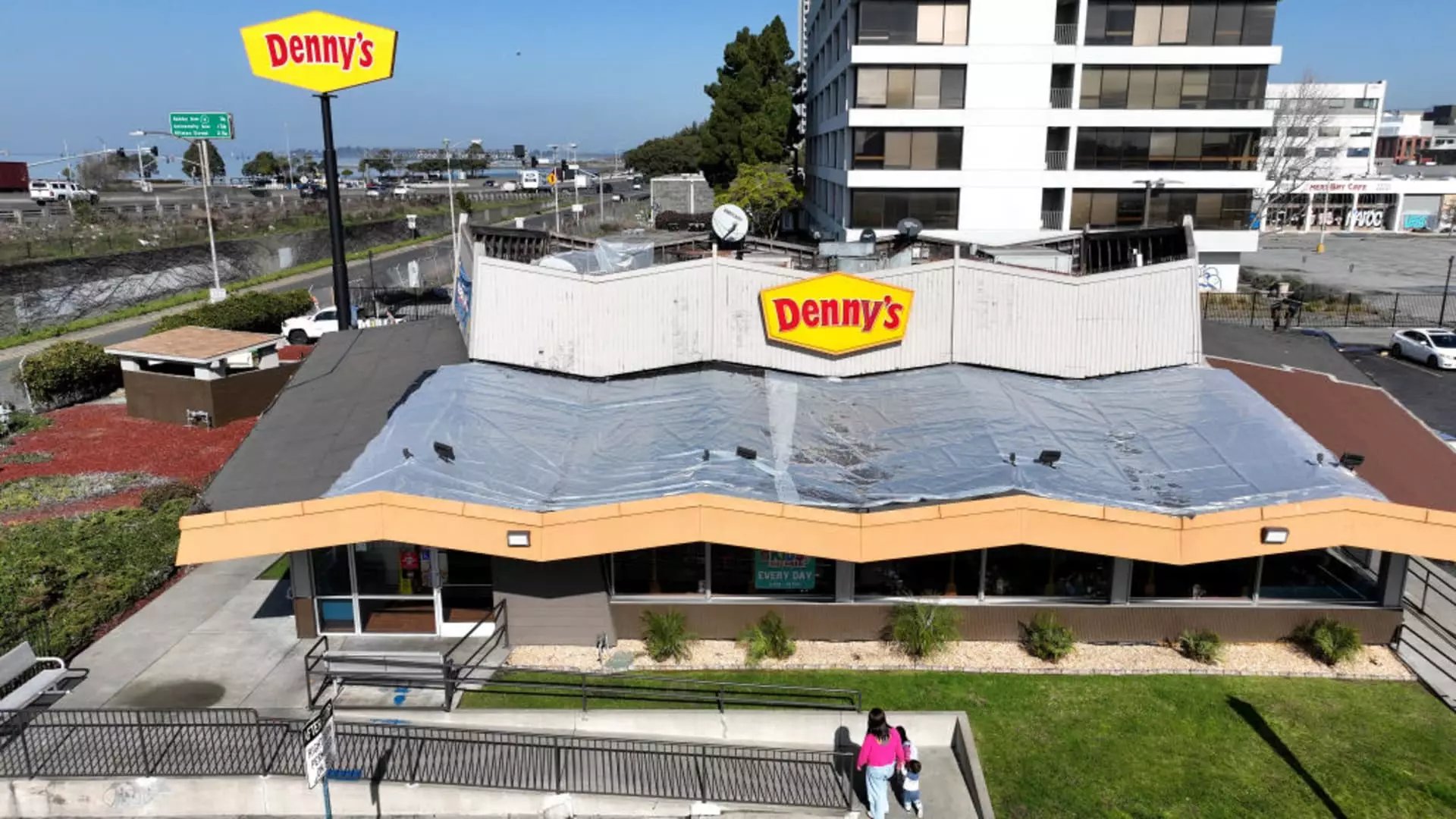The restaurant industry in the United States faced unprecedented challenges throughout 2024, leading to a significant reshaping of its operational landscape. According to data from Black Box Intelligence, restaurant visits plummeted over the first ten months of the year as inflation-drained consumers became more selective about where and how they spent their dining dollars. The trend toward seeking value and discounts became a dominant theme, mirroring the broader economic pressures influencing consumer behavior. As sales dwindled, many restaurant chains were forced to confront stark realities, resulting in a notable increase in bankruptcies and closures across various segments of the industry.
The impact of these economic conditions was particularly severe on casual-dining establishments, which struggled to entice patrons who increasingly favored fast-casual options. This shift exemplified a broader trend within the dining sector, where convenience, affordability, and perceived quality have gained precedence over traditional dining experiences. As restaurants reevaluate their strategies in response to consumer preferences, many have opted for radical changes—including downsizing their physical presence.
A clear manifestation of this industry-wide retraction can be seen through the decisions made by several prominent restaurant chains to close underperforming locations. Wendy’s, for example, announced a plan to close 140 low-yield outlets by year-end, in addition to 80 locations shuttered earlier in 2024. The rationale behind such decisions was rooted in a desire to realign the brand’s operational footprint while mitigating losses from unprofitable establishments.
Applebee’s, under the umbrella of Dine Brands, faced similar pressures and opted to close between 25 and 35 locations across the U.S. Notably, Applebee’s has witnessed a concerning trend of declining same-store sales over six consecutive quarters, underscoring broader malaise in the casual-dining sector. As closures continue, the brand appears trapped in a cycle of stagnation, struggling to rejuvenate its market presence.
Denny’s has also partaken in this wave of closures, eliminating about 50 locations while planning to close an additional 100 by the end of 2025. This strategic pruning targets lower-performing restaurants, aiming to optimize operational efficiency and boost overall sales. The 24-hour chain’s approach can be seen as a necessary step to enhance its financial health in a dynamic and competitive landscape.
The atmosphere of uncertainty was further exemplified with the surge in Chapter 11 bankruptcy filings among restaurant chains. Notably, TGI Fridays filed for bankruptcy protection after shuttering 86 locations in a desperate attempt to stabilize its business. The company’s plight serves as a stark reminder of the high-stakes environment faced by restaurants navigating through fluctuating consumer demands and financial constraints.
Similarly, Red Lobster’s predicament has highlighted the harsh realities of the industry. Following the closure of over 120 establishments and a subsequent Chapter 11 filing, the seafood chain confronted considerable operational challenges. After exiting bankruptcy under new management, Red Lobster aims to pivot away from this tumultuous phase, spotlighting its commitment to recovering lost ground without further closures.
Fast-casual establishments weren’t immune to the downturn either. Noodles & Co. announced the closure of approximately 20 locations as part of a broader effort to revisit operational strategies and retool its menu offerings. The company has recognized the need for thoughtful innovation, selectively assessing which items to retain to best resonate with consumers.
As brands like Bloomin’ Brands, the parent company of popular chains such as Outback Steakhouse, grapple with sales declines, the pervasive struggles of casual dining become increasingly apparent. The closure of 41 underperforming restaurants throughout 2024 further illustrates the broader challenges faced by casual-dining establishments, many of which rely on legacy locations with diminishing foot traffic and consumer interest.
Looking ahead, the closures and financial difficulties of 2024 could foster a renewed focus among dining institutions on redefining their value propositions. As consumers grow ever-more discerning, the success of restaurants may hinge not solely on their menus but also their ability to adapt to changing market dynamics and consumer expectations. Only time will tell which chains emerge stronger from this tumultuous period, but adaptation and innovation seem essential in ensuring lasting success.
2024 was a pivotal year for the restaurant industry, characterized by closures, bankruptcies, and an urgent need for strategic reevaluation. It remains clear that the landscape is shifting, and only those prepared to embrace change will thrive in the future.

